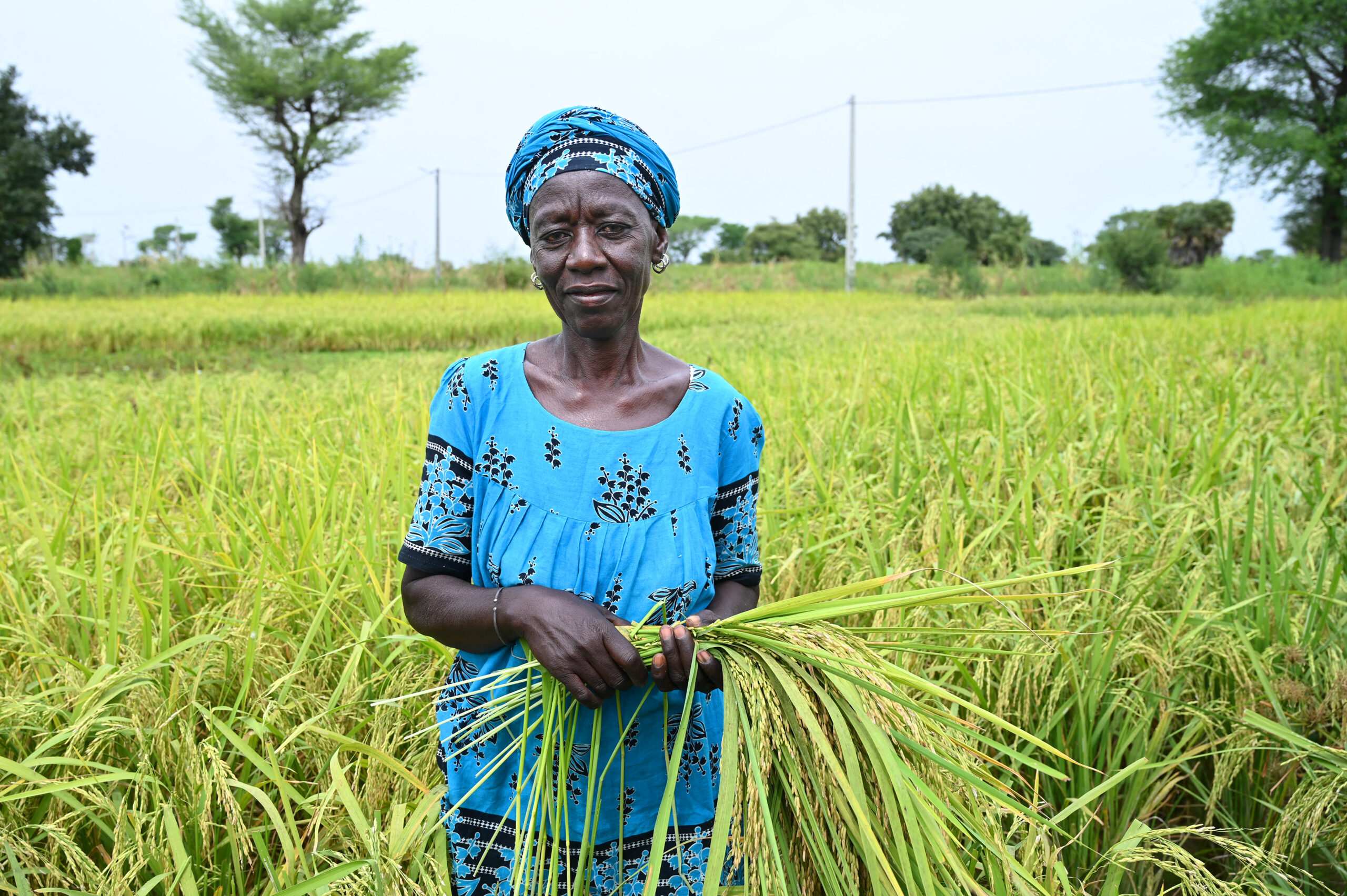On October 26, China’s top environmental and financial regulators jointly issued the “Guiding Opinions on Promoting Investment and Financing in Response to Climate Change”, which says that a preliminary scheme of climate investment and financing will be in place in China by 2025, and the scale of funds invested in the field of climate change will increase significantly.
The issuance of the guidance further demonstrates China’s determination to accelerate the green transformation of the economy through the support of domestic and foreign financial markets. China’s clear goal of passing the peak of carbon emissions in 2030 and achieving carbon neutrality by 2060 “is a game changer for all industries, especially energy, transportation, manufacturing, agriculture and construction,” said Ma Jun, director of the China Green Finance Committee, during a recent sustainable investment webinar hosted by Global Capital. He added that China’s ministries are expected to release new industry development guidance in the coming year, resonating with the current guidance.
During the same webinar, Qian Lihong, general manager of the investment banking department of China Construction Bank (CCB), said that the green upgrade of industries needs support from diversified and comprehensive financial services. The development of an overall green capital market will be key to both risk management and the sustainability of the green finance sector. She added that CCB is providing sustainable investors with a package of services, such as green asset matchmaking through the “Fits e+” investor alliance platform.
Information failure constraining green investment
As of the end of 2019, the scale of China’s publicly offered green funds had reached ¥68.7 billion, and the speed of this development has been relatively fast. However, green industry funds only account for 0.12% of the balance structure of various green financing, and there is still much room for improvement in market participation and scale of investment.
Qian believes that the main factors that inhibit investors’ enthusiasm include information asymmetry and scattered/distracted information channels. Investors need support in evaluating the green nature of assets, as well as an consolidated platform that covers different types of green assets – such as debt financing and equity products – to help them achieve their green investment goals.
In 2019, CCB launched its “Fits e+” investor alliance platform, a digital portal to guide and aggregate professional investment institutions in the green finance field. For example, its “Fits Green” section provides a proprietary green labelling service for investors, making it convenient for domestic and foreign investors to participate in green financing products originated by CCB.
As one of China’s largest comprehensive financial group, CCB is also actively exploring all types of green assets and acting as green investment consultants to corporate clients to assist in various green financing channels. In July 2020, led by the Ministry of Finance, the National Green Development Fund was established, in which CCB participated and invested. CCB is now exploring better mechanisms to provide total solution to the green financing for corporates.
The unification and development of green standards remain key
At the end of May this year, the People’s Bank of China, the National Development and Reform Commission, and the China Securities Regulatory Commission jointly issued the “Green Bond Support Catalogue”, a taxonomy in which “clean use of coal” was eliminated. Integrating China’s green bond standards with international ones, while also strengthening international exchanges in the field, will be of great benefit to improving the Chinese market.
In addition to this unification, Ma Jun said that both domestic and international regulators and academia should take a step further – to think about what standards can better help economic transformation and achieve the goal of reducing emissions. He said that, in relation to some current “non-green” companies, if capital market financing or acquisitions could produce environmental benefits, they should also be considered for inclusion in a broader standard of green finance.
At the same time, Ma Jun believes that the development of environmental benefit tracking and measurement solutions based on the Internet of things and data should be encouraged, so as to reduce the reporting and tracking costs and thus help small and medium-sized enterprises to enter the green finance market.





